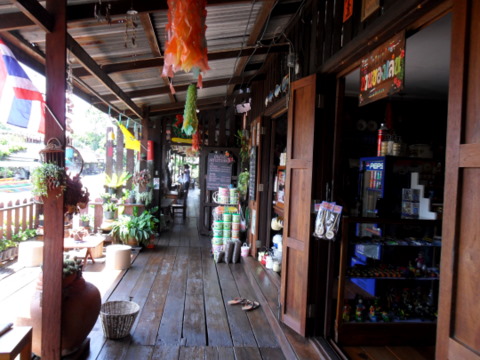A thought for the afternoon
With the first few days behind us, old war horses from the north and south seem set on heading to the battle fronts to dig their heals into the carpet on a timeline for Kyoto 2; on finance for adaptation, and implementation; on equity, ambition and flexibility within the still fetal Durban Platform, and on where we might hide all the unfinished “Cooperative Action”.
There has been progress, and whispers of a new market mechanism seem to inspire a new belief that financial fairies from the private sector might sprinkle their green back pixie dust across the convention and the compromises we can’t seem to make might just fly out of informal imaginations.
And so this morning, I spent some time trying to rekindle my creative fires and try to imagine what might just be holding us back.
Yesterday, US Deputy Special Envoy for Climate Change Jonathan Pershing gave an inspired lecture to the assembled roundtable discussions on the Durban Platform, covering the academic literature and history of negotiations. Believe it or not, his analysis argued that the only way forward was through flexible rather than legally binding agreements between disparate negotiating parties.
This was a call that has been echoed by other developed nations gathered here, but surprisingly…developing nations don’t seem so thrilled. And across a number of the negotiating tracks, many of the same old races, disputes, fears and half-hearted compromises seem to be gaining traction.
So I thought to myself, what is it about the UNFCCC meetings that always seem to get us in these binds. Obvious answers such as geopolitical rivalries, finance and CBDR disputes came to mind. But as I sat by a waterside gallery, wondering if it was something more, I came to realise that maybe
And then I remembered that Jonathan Pershing said something else. He said that in the history of the UNFCCC, it never takes parties long to draft text. If they wanted to, they could do it in hours (well, I guess if certain convincing presidents fly in they can). But what really takes the UN parties a long time to do is to think. There is not enough time spent on creatively coming up with ideas that everyone can agree on. And to this, I somewhat agree.
And then I realized, maybe its not just the fact that there is not enough time dedicated to creativity, but not enough space either…
So I thought I would get a bit creative myself, and offer this thought for the UNFCCC.

the Artist's house, Bangkok
A thought for the afternoon
There’s a place by the water,
where the waves negotiate only against the breeze
and the wood frames
that hold up a home
for my shoeless feet,
an art gallery
and an old bamboo seat
that I sit in,
And slurp up something spicy mixed with rice,
something icy and something so sweet
that I might need something plain, before I can speak
of mundane things again.
But alongside this floating street,
I felt some semblance of ease
I seldom meet inside the plenary halls,
no matter how informal they might be.
Because while our chair’s
and roundtables
might enable us to discuss “the issues at stake”
I wonder if our own “means of implementation”
leaves us too little space
to have a real, face-to-face
conversation.
Where maybe, somewhere
inscribed in the name tags with no-one’s name,
and the ideas that became interventions
we let listening
become a negotiation with patience.
And even this week, where mandates have become red flags,
finance has added dynamite
to adaptation,
and the lack of ambition
might blow over platforms and protocols
we hold as heritage and hope
of our convention,
Why don’t
we think to ask
how our ideas for survival
might feel less like threats
between enemies?
And how we might make informals
more than just a label,
but a place where people meet, just like me
in a cafe by the waterside
with their shoes off, but their eyes open
ready to design
something we all
could admire.




-
Kjell Kühne
-
Isaac Osei Kwadwo
About the author
Chris Wright
Climate researcher, political ecologist, activist and an award-winning slam poet from Australia.
